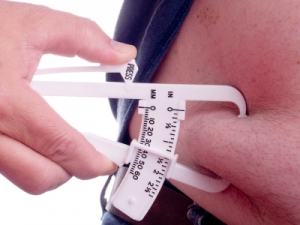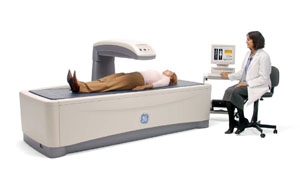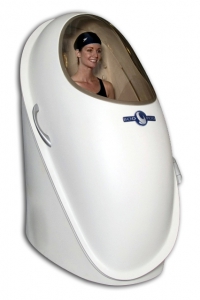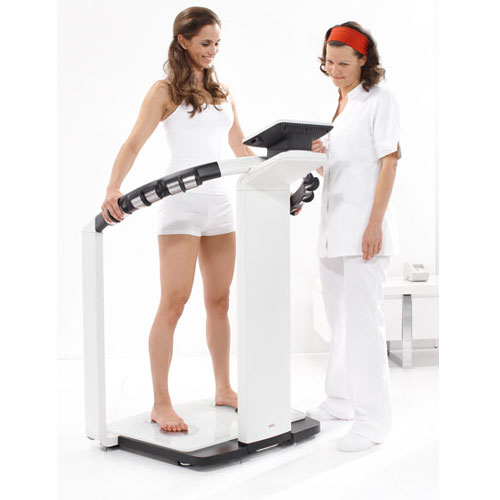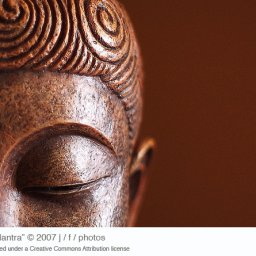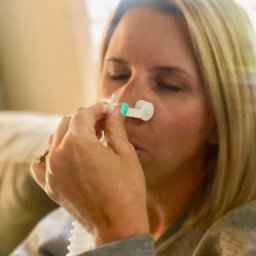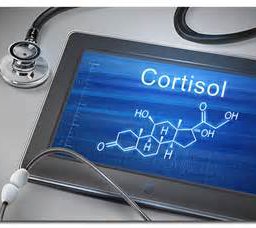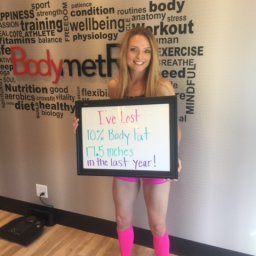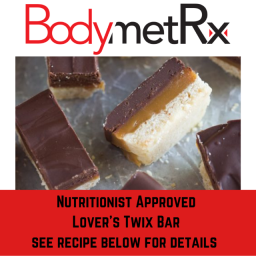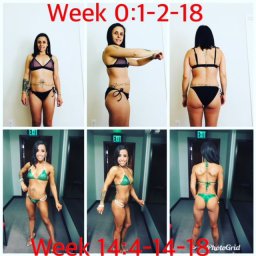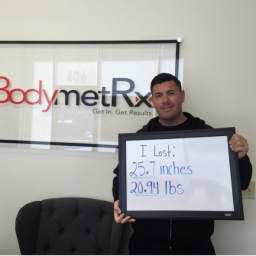SECA mBCA
What is it:
The Seca mBCA 514 Medical Body Composition Analyzer offers clinically validated precision for calculating body fat mass, fat-free mass, total body water, extracellular water, skeletal muscle mass, lean soft tissue and more. The Seca mBCA Analyzer Scale uses scientific gold standard calculations including air displacement plethysmography, deuterium dilution, dual energy x-ray absorptiometry and sodium bromide dilution. The Seca 514 pairs these calculations with 8 point bioelectrical impedance analysis to achieve unmatched accuracy.
Pros: affordable, quick, comfortable, automated, noninvasive, and safe measurement process, and accommodates various subject types (e.g., children, obese, elderly, and disabled persons).
Cons: Newer technology. Difficult to locate one near you.


